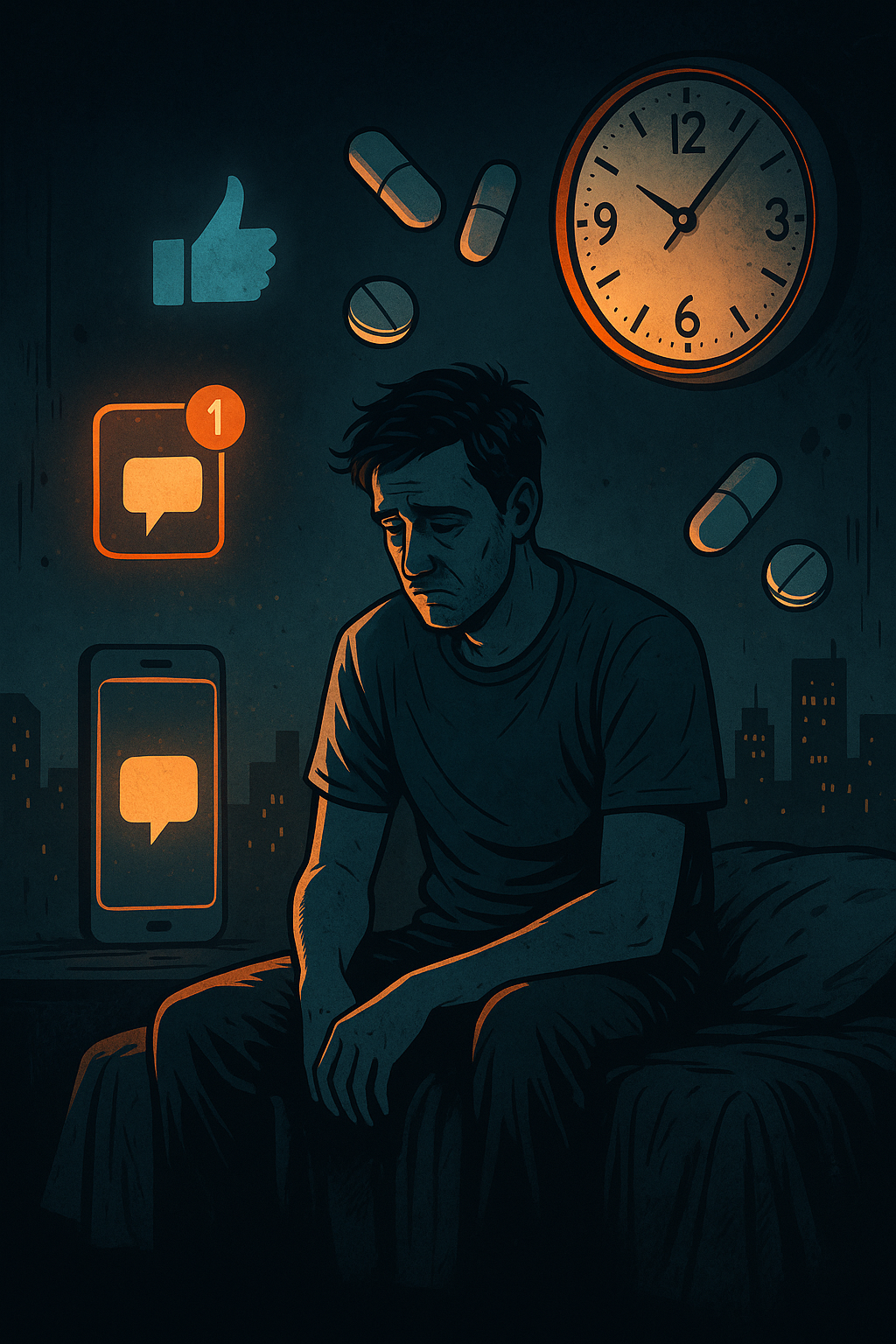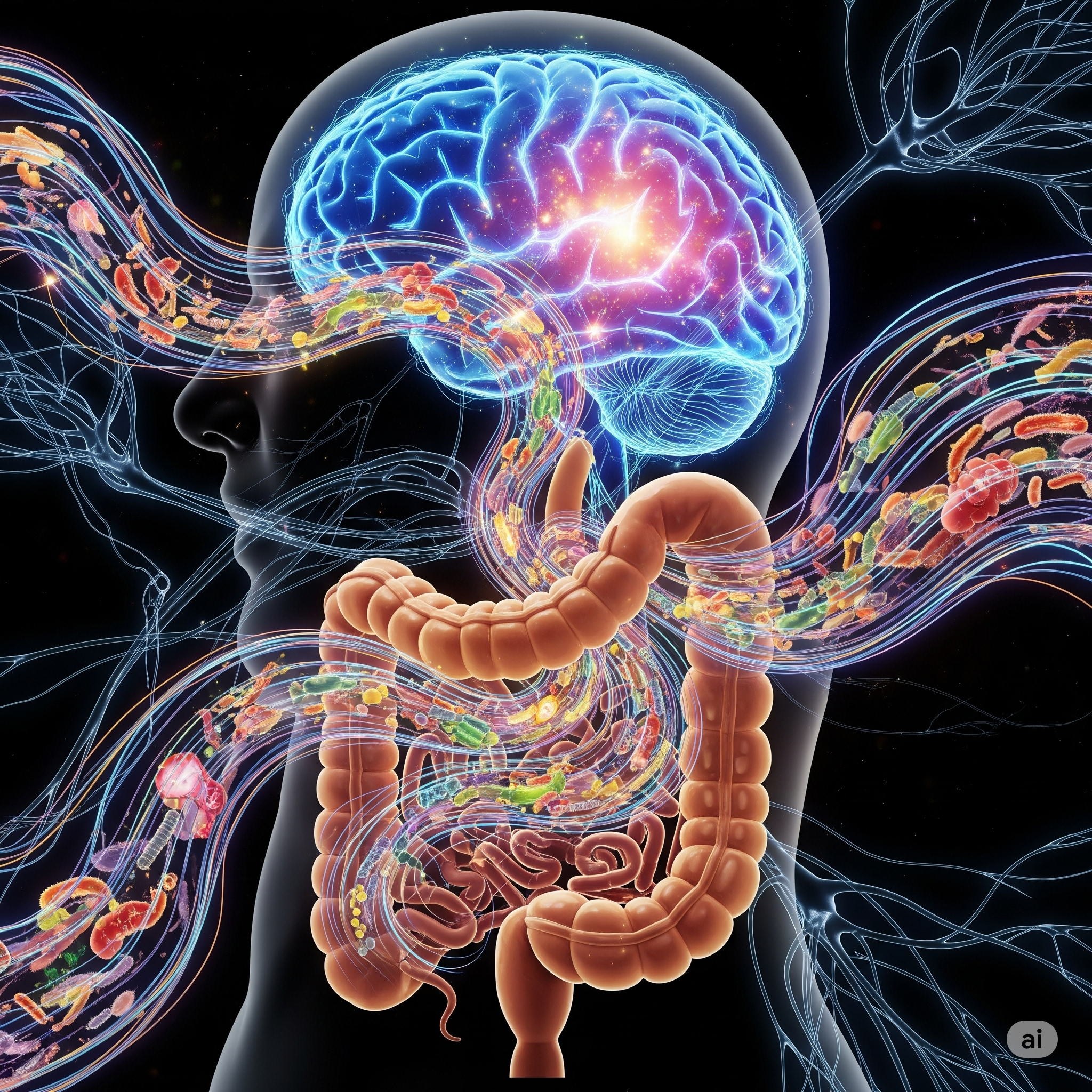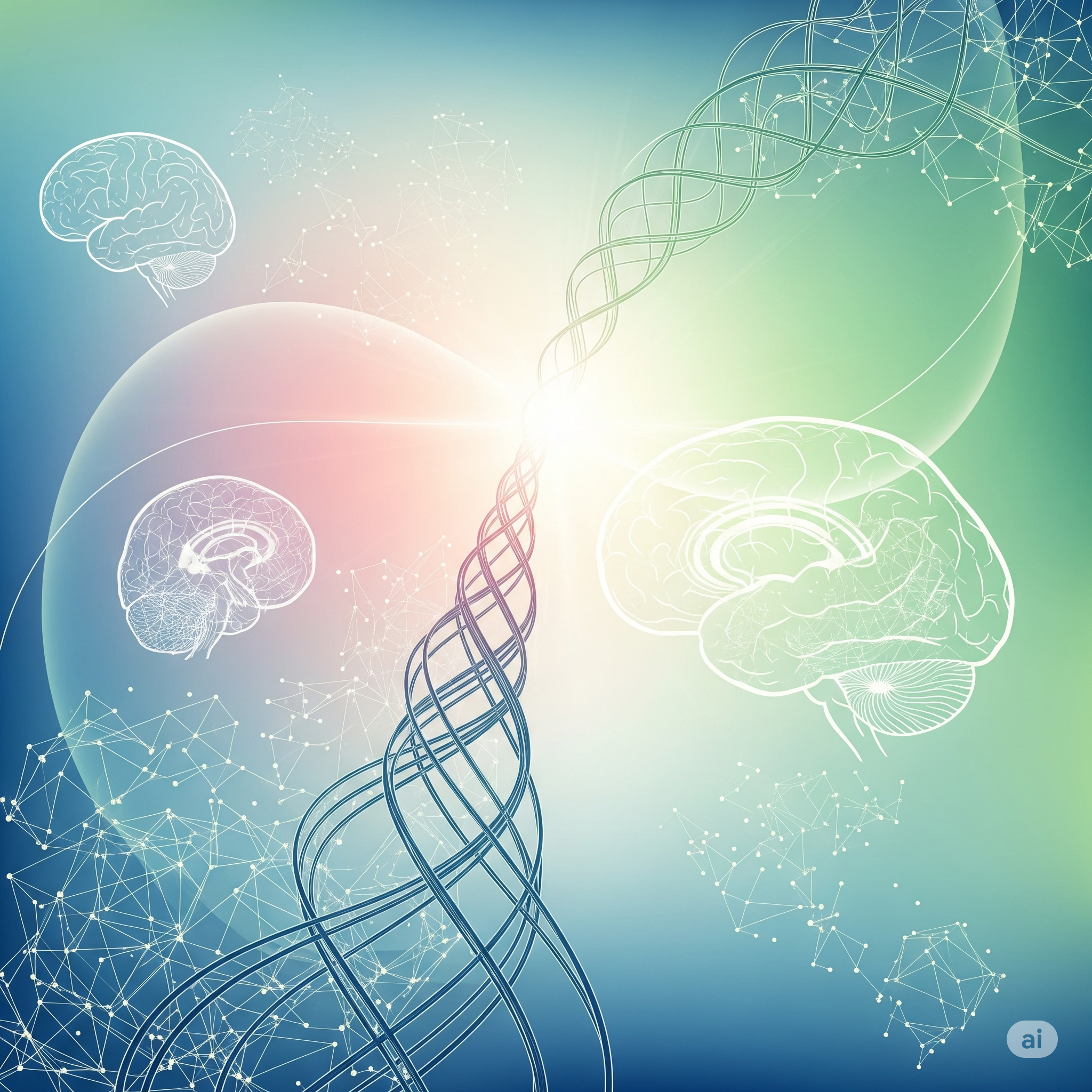Introduction
In an age of instant communication, endless entertainment, and increasing prosperity, one might expect people to be happier than ever. Yet, major depressive disorder (MDD) — often simply called “depression” — has become one of the most common and disabling mental health conditions in the world.
So what’s going on? Is modern life actually making us more depressed? And how can we make sense of this growing crisis?
What Is Major Depressive Disorder?
Major depressive disorder is not just sadness. It’s a diagnosable medical condition with clear criteria. According to the DSM-5, to meet the diagnosis, an individual must experience at least five of the following symptoms for two weeks or more (with at least one being either depressed mood or loss of interest):
- Persistent sad or empty mood
- Loss of interest or pleasure in activities
- Fatigue or lack of energy
- Feelings of worthlessness or guilt
- Sleep disturbances (insomnia or hypersomnia)
- Changes in appetite or weight
- Difficulty concentrating
- Psychomotor agitation or retardation
- Recurrent thoughts of death or suicide
MDD is not a weakness. It’s a medical condition with biological, psychological, and social components.
How Common Is Depression?
The numbers are sobering:
- Over 280 million people worldwide suffer from depression (WHO, 2024).
- Depression is the leading cause of disability globally.
- 1 in 6 adults will experience depression at some point in their lives.
- Suicide, often linked with depression, is among the top 10 causes of death in young adults.
And the rates are increasing, especially among:
- Young adults
- Women
- Urban populations
- Healthcare workers and caregivers
Why Is Depression on the Rise?
Let’s explore some of the major contributors.
1. Neurobiology and Brain Chemistry
Depression is deeply rooted in brain function and neurotransmitter imbalances.
Key players include:
- Serotonin: Regulates mood, appetite, and sleep.
- Dopamine: Linked to motivation and reward.
- Norepinephrine: Related to alertness and arousal.
Modern research also points to inflammation in the brain and HPA axis dysregulation (the body’s stress response system) as central to MDD.
In people with chronic stress or trauma, the brain often rewires itself in harmful ways:
- The prefrontal cortex (decision making) becomes less active.
- The amygdala (emotional fear center) becomes hyperactive.
- Cortisol levels stay elevated, damaging the brain long-term.
2. Technology and Social Media
Paradoxically, as we’ve become more connected online, we’ve grown more isolated offline.
- Constant social media use creates unrealistic comparisons, especially on platforms like Instagram and TikTok.
- Doomscrolling news feeds keeps our minds locked in negative feedback loops.
- Blue light and digital overstimulation disturb sleep cycles, a key factor in mood regulation.
The “scroll and compare” culture can worsen feelings of inadequacy, loneliness, and hopelessness.
3. Loneliness and Isolation
- Urbanization, remote work, and reduced community participation all contribute to rising social disconnection.
- Loneliness has been shown to activate the same neural circuits as physical pain.
- Older adults and young people alike report record levels of isolation, despite being digitally connected.
Humans are social creatures, and lack of genuine interpersonal bonds takes a psychological toll.
4. Economic and Existential Stress
Modern life is filled with uncertainty and pressure:
- Job insecurity, rising costs, and housing issues.
- Climate anxiety and political instability.
- Overachievement culture and burnout.
Even in wealthier nations, the pressure to “succeed” often leads to chronic dissatisfaction and internalized failure.
5. Sleep Deprivation and Lifestyle Factors
We sleep less and stress more.
- Poor sleep hygiene — especially exposure to screens — leads to disturbed circadian rhythms.
- Lack of exercise, poor diet, and sedentary behavior all impact mood.
- Overconsumption of caffeine, alcohol, and processed food negatively affects gut-brain axis, a key player in emotional health.
6. Unresolved Trauma
Modern societies often dismiss or suppress trauma, especially emotional and childhood traumas.
Yet, research shows:
- Childhood neglect or abuse increases risk of adult depression 3–4x.
- PTSD and complex trauma are often underdiagnosed in depression cases.
- The brain “remembers” even when the person doesn’t consciously recall traumatic events.
How Is Depression Treated?
Thankfully, MDD is treatable — often highly so. Here are the main strategies:
1. Antidepressant Medications
SSRIs (Selective Serotonin Reuptake Inhibitors) like fluoxetine, sertraline, and escitalopram are first-line treatments.
They work by increasing serotonin levels in the brain.
Other options:
- SNRIs (e.g., venlafaxine, duloxetine)
- Tricyclic antidepressants
- Atypical antidepressants like bupropion or mirtazapine
Note: Medication effectiveness varies and may take weeks to work. Side effects are possible and require professional monitoring.
2. Psychotherapy
Cognitive Behavioral Therapy (CBT) is the most evidence-based method for MDD.
CBT helps patients:
- Identify negative thought patterns
- Reframe unhelpful beliefs
- Build resilience and healthy habits
Other forms include:
- Interpersonal Therapy (IPT)
- Psychodynamic Therapy
- EMDR (for trauma-linked depression)
3. Lifestyle Interventions
- Exercise: A natural antidepressant — just 30 minutes of brisk walking can improve mood.
- Sleep hygiene: Go to bed/wake up same time daily, avoid blue light, no caffeine at night.
- Nutrition: Anti-inflammatory diet (omega-3s, leafy greens, fermented foods).
- Sunlight: Vitamin D deficiency is linked with low mood.
- Meditation and breathwork: Calms the sympathetic nervous system.
4. Social Support and Connection
One of the most protective factors against depression is genuine human connection.
- Support groups
- Family/friend conversations
- Community involvement
Isolation fuels depression — connection is medicine.
5. Emerging and Alternative Treatments
- Ketamine infusions and esketamine (Spravato) for treatment-resistant depression
- Transcranial Magnetic Stimulation (TMS)
- Psychedelic-assisted therapy (in clinical trials: psilocybin, MDMA)
- Digital CBT apps and virtual therapy platforms
Can We Prevent Depression?
Some risk factors (like genetics or trauma) are unavoidable, but others can be addressed:
- Teach emotional literacy in schools
- Encourage work-life balance and rest
- Break the stigma of mental illness
- Invest in public mental health infrastructure
Prevention is not just individual — it’s societal.
Final Thoughts
Depression is not a personal failure or a weakness. It’s not a passing sadness or something that can be “snapped out of.”
It’s a real, complex, treatable condition — and one that’s affecting more people than ever before.
Modern life may be accelerating the problem, but with awareness, compassion, and science-backed solutions, we can face this epidemic head-on and reclaim our mental health.


